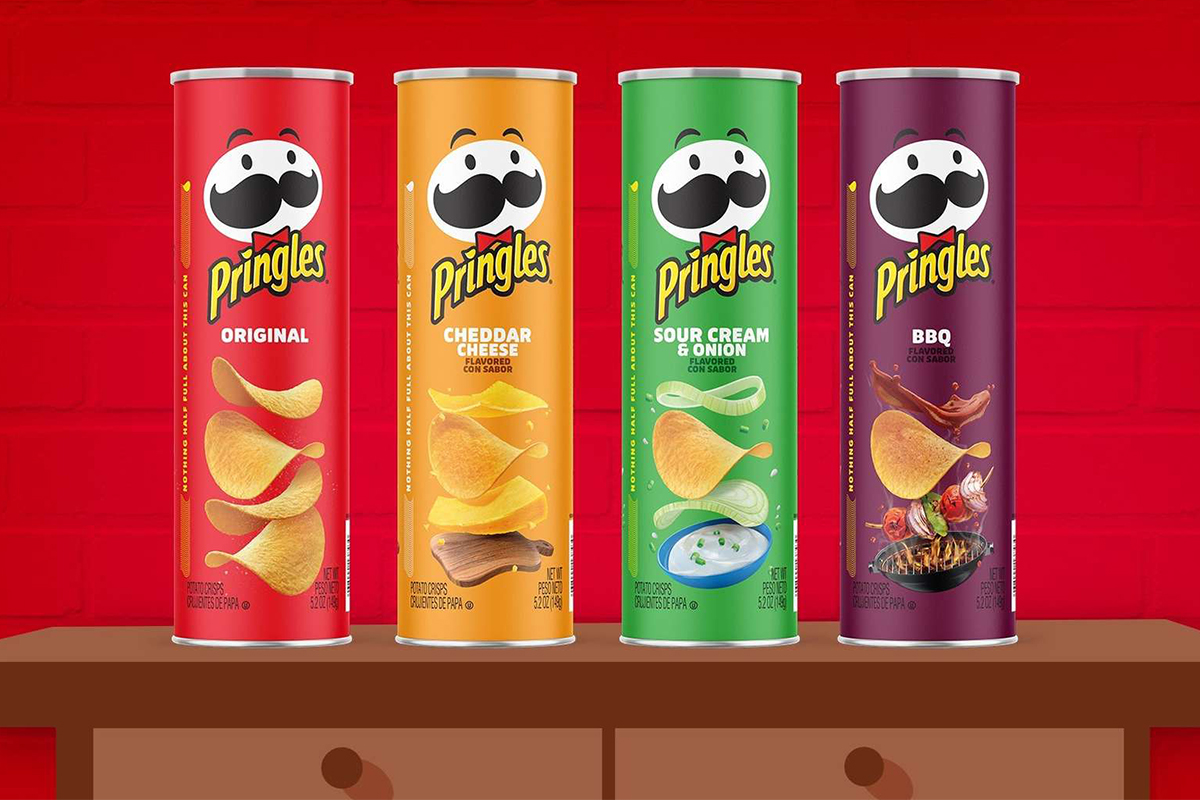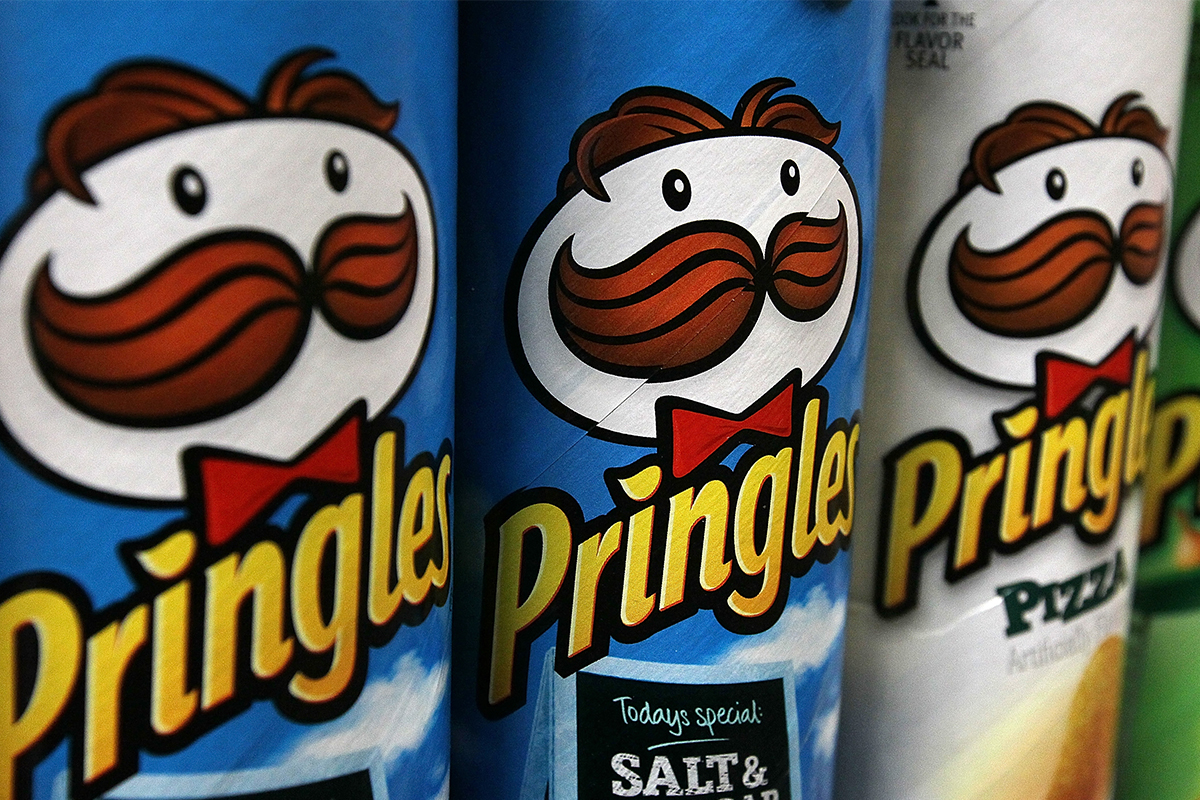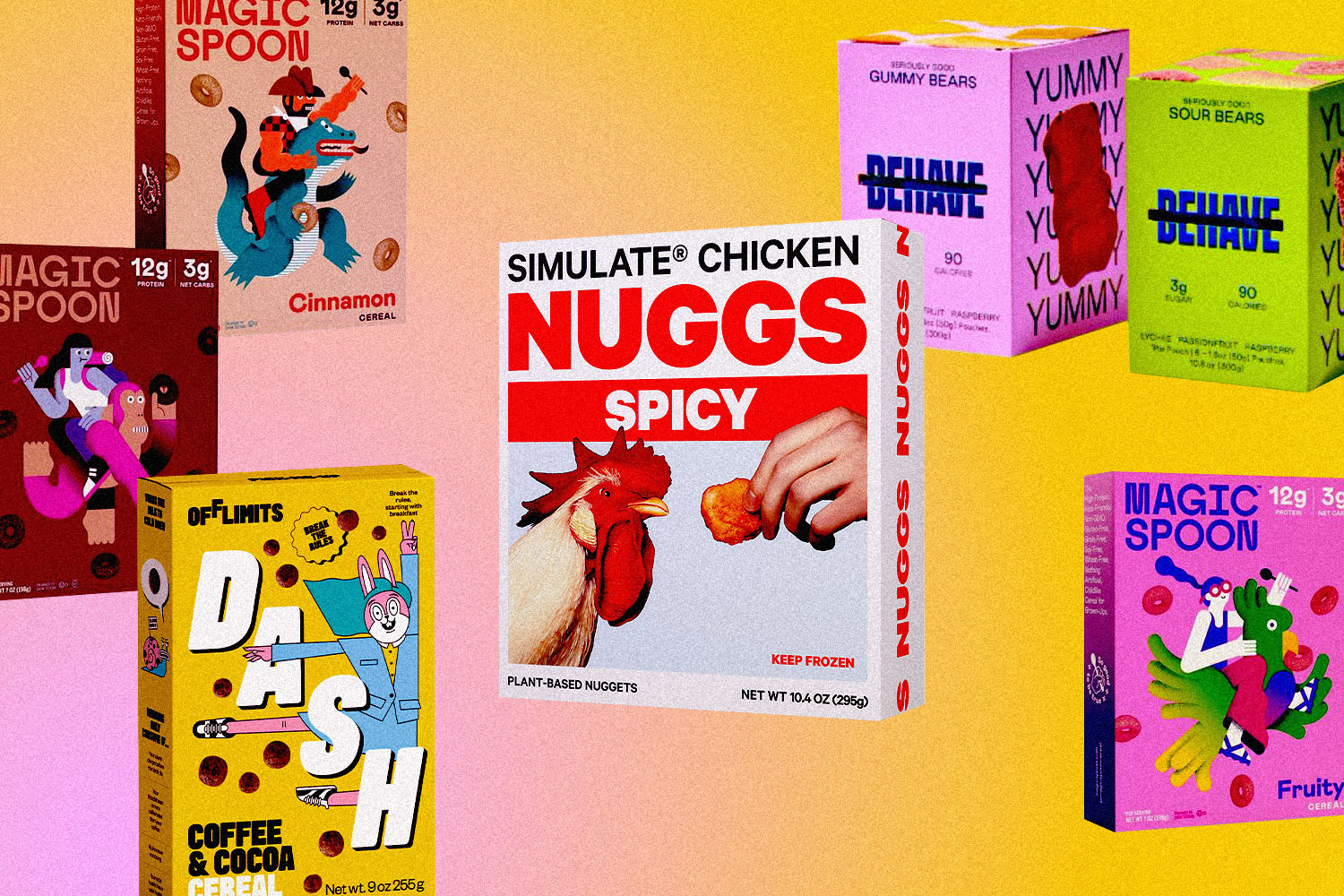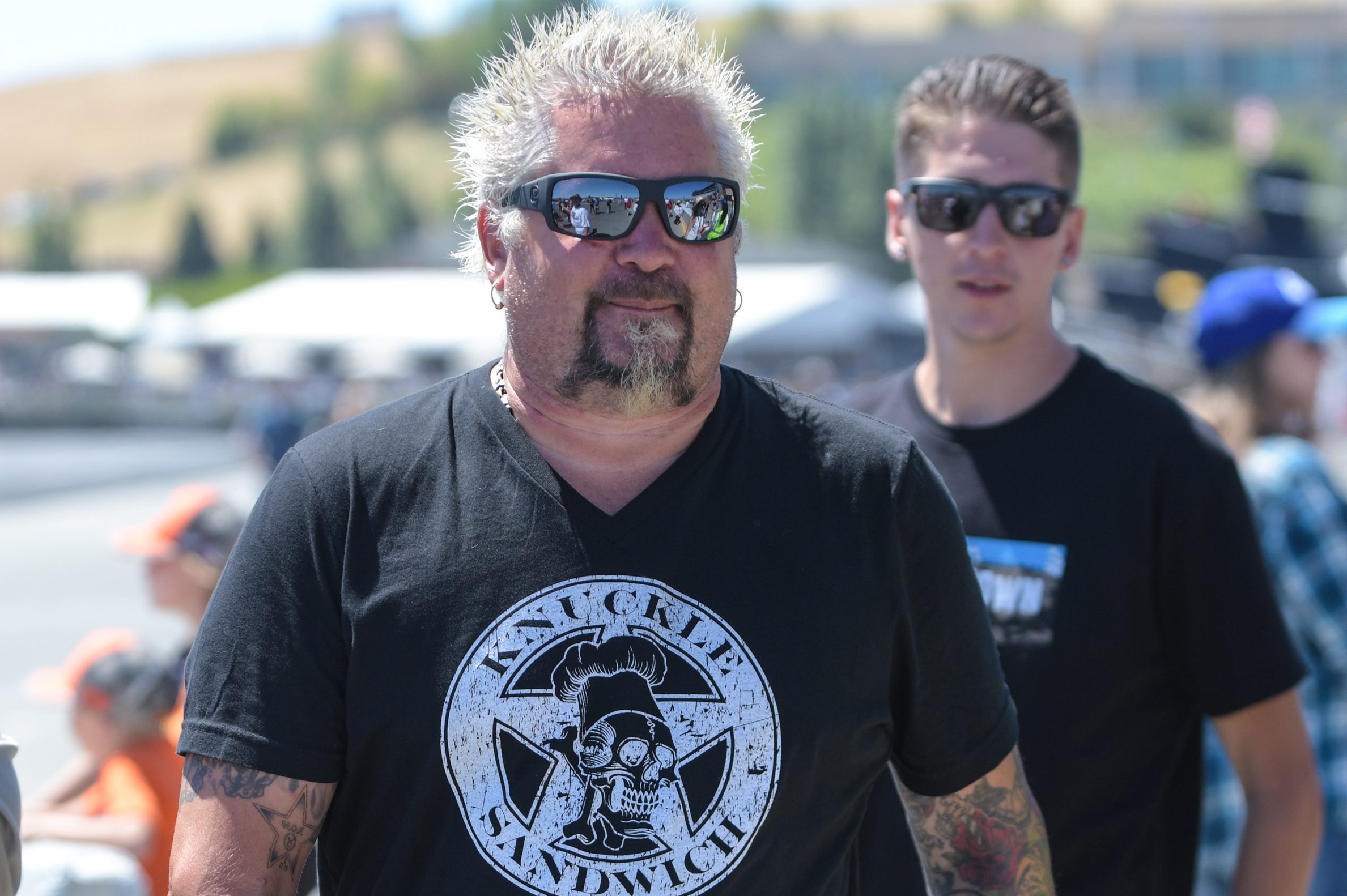In an interview with The New York Times in 2013, humor writer Simon Rich discussed the importance of Wikipedia to his work. It’s his main resource for researching a story, and often also his starting point. Rich believes he should be able to click Wikipedia’s “random article generator” tool, land on any given page, and stretch a few choice details into an entertaining yarn. I agree with him. That core philosophy — that the truth is stranger (and funnier) than fiction — consistently leads me down some bizarre tunnels and byways of the world’s largest encyclopedia.
I use Wikipedia for research and procrastination alike, but my favorite use of the site is for anecdotal ammo. There’s a special brand of “nobody needs to know this” crap you can discover during a Wiki deep dive, the kind I like to foist upon coworkers, roommates and group chats (usually when they’re really trying to focus and send an email), that keeps me going. It’s the little things. Like the fact that Marcus Mumford and Carey Mulligan were anonymous childhood pen pals who reconnected later in life and got married. Or that the rock-skipping world record is 88, achieved by a guy named Kurt “Mountain Man” Steiner.
A little over a year ago, I found a goldmine. The Wikipedia page of Pringles. Trivial facts about the brand and its mustachioed mascot became a kind of running joke at InsideHook. We even hosted a communal office taste test, back before communal office taste tests were among the most verboten occasions one could host. My editors told me I should write a devotional essay on the history of that mascot (his name, as Wikipedia will tell you, is Julius).

Fast forward to this week, when — if you spend much time on the internet — you’ve probably come across a bit more DIY Pringles art than usual. You can thank comedian John Oliver for that. In an offhand joke during an episode of Last Week Tonight that aired last November, he lampooned CNN’s constant, useless interrogations of local election officials while ballots were being counted, suggesting that anchors might as well ask what the rest of the Pringles’ mascot’s body looked like. Oliver’s ever-plugged-in online militia really liked that one, and spent the ensuing weeks drawing the Pringles mascot.
Some fashioned him plump. Others imagined him as a modern, salty Adonis. Eventually, inevitably, we had full nudes. Though Last Week Tonight wrapped it up for the year before Thanksgiving, literally blowing up “2020” as a way of goodbye, Oliver returned for a few minutes earlier this week, in the form of a short YouTube video, to chime in on all the Pringles buzz. The essence: as a steady agent of “good chaos,” he absolutely loves it. Oliver issued a public challenge to Pringles, something he is wont to do. (At one point this year he promised to beat up every man, woman and child in the unassuming town of Danbury, Connecticut, which somehow led to the town naming its waste plant after him and thousands in donations to food banks.)
This time around, Oliver demanded that Pringles — and by extension, Kellogg’s — answer a simple question: What does their mascot’s body look like? What is he working with neck down? If Pringles could step up, “do the right thing” and answer that question, Oliver was prepared to donate $10,000 to Feeding America — though he stipulated not a cent of that money would be allowed to go towards buying Pringles, which, he regards as “a garbage snack.” Last night, Pringles actually answered the call, and uploaded a 14-second video of their mascot ta-da‘ing in front of a Christmas tree, looking like a thoroughly average-bodied mascot. He’s about the stature of Mr. Met, if that helps. Pringles caught some flack for the lame video, but they also pledged to donate $10,000.
As one YouTuber pointed out, “Spending HBO’s money to get other institutions to capitulate to the whims of a madman. All while donating to charity. This is the best thing.”

I’ll be honest, it felt weird to get scooped on this one. It’s nice to know others have spent time on the Pringles’ Wikipedia page, a reminder that we’re all a little more similar than we like to admit. But it’s a deflating sensation, too. I was supposed to be the unauthorized biographer of disembodied egghead Julius Pringles, not John Oliver.
In my version of the story, you would have known that the inventor of Pringles’s tubular container, Fredric J. Baur, asked his children to bury his cremated remains in a can of Pringles. We would have commiserated over the fact that under official U.S. Food and Drug Administration ruling, the dough-based Pringle doesn’t count as a “chip,” hence the brand’s use of the word “crisps” for almost 50 years. And most of all, we would have reveled in the fact that the mascot had a name, Julius Pringles, which made him sound like a fast-talking bank teller from the 1880s. He’s not much of a looker — just rotate Humpty Dumpty 90 degrees and draw a mustache — but Googling revealed that Julius had had many different looks throughout the years. In the original three, which spanned from 1967 to 2002, he somewhat resembled a human being, with the usual hallmarks of hair, eyebrows, cheeks and eyes, as well as that signature ‘stache, which has always mimicked the approximate shape of — yes — Pringles.
In the new millennium, though, Julius has looked especially computer-generated, a market-tested avatar that could play the animated villain in a live-action Sonic the Hedgehog sequel. I’d made my peace with this. I was given a pair of Julius Pringles boxers for InsideHook Secret Santa last year — they’re moisture-wicking, in case you were wondering — which depict the most famous and most confusing version of the Pringles logo: Julius with a pile of hair that could be eyebrows or hair, depending on whom you ask. Ideally, Pringles would return Julius to his clean, bright 1996 iteration, back when his bow-tie was part of the wordmark and his face made a lick of sense.
It’s going in the wrong direction. Pringles announced an entirely new logo this week, which removes Julius’s hair entirely and gives him eyes, a mustache and floating eyebrows all in the same color — black. Somewhere, Fredric J. Baur is rolling in his Pringles can. Ultimately, though, this is the dream. At one point this summer, John Oliver audibly sighed at the beginning of his episode, forced to tell his audience that the night’s topics would again be President Trump and the pandemic. I will gladly welcome a future — or a 2021, at least — with room for Wikipedia wormholes, and time to debate the eyebrows of potato “crisp” mascots. Even if (and I say this with all due respect and pride to Mr. Oliver), InsideHook hit it first.
This article was featured in the InsideHook newsletter. Sign up now.























